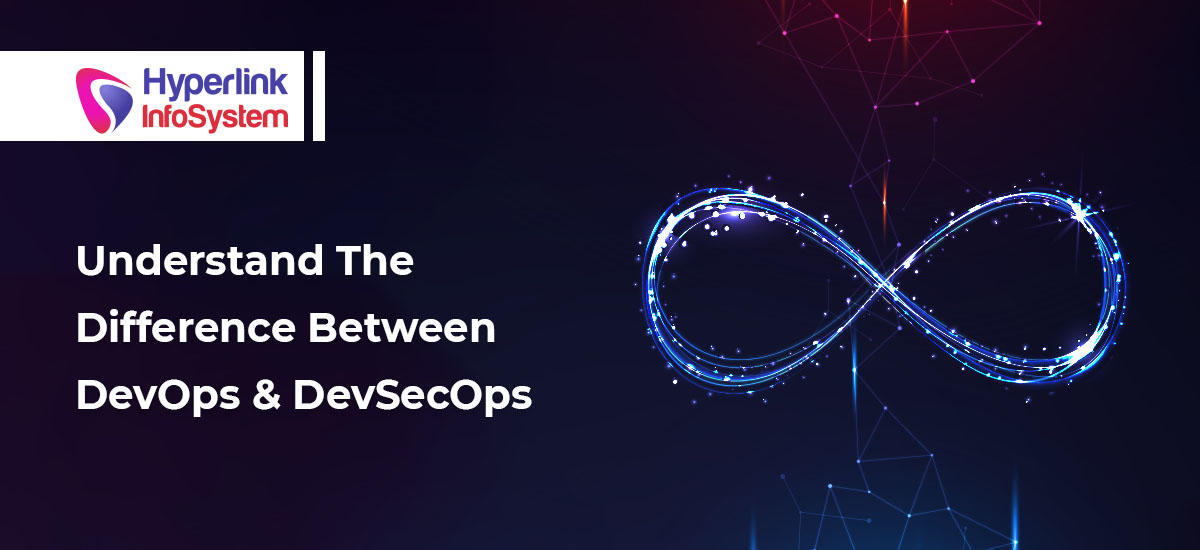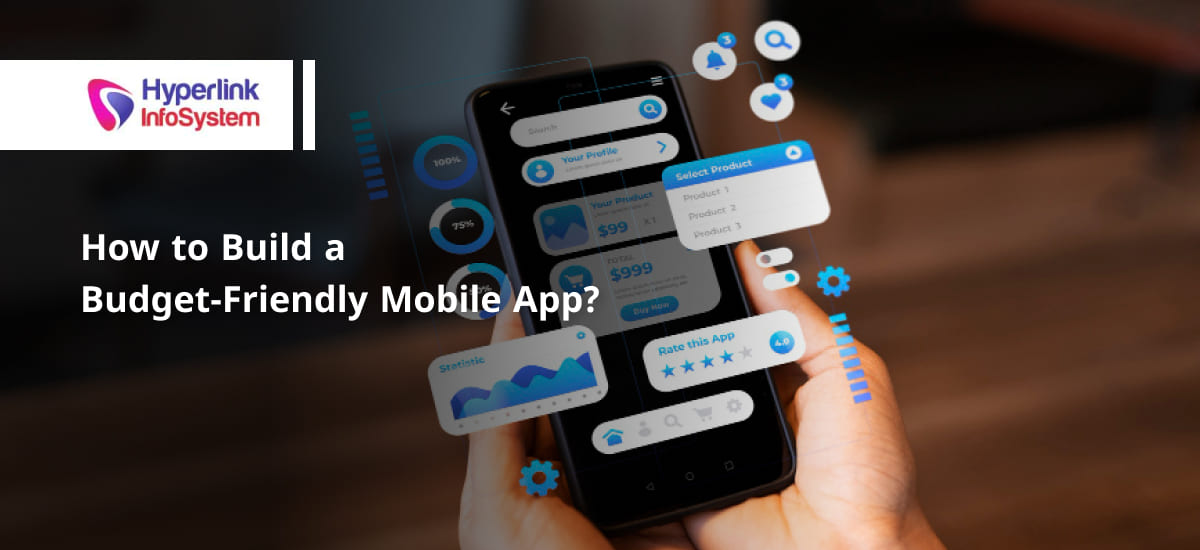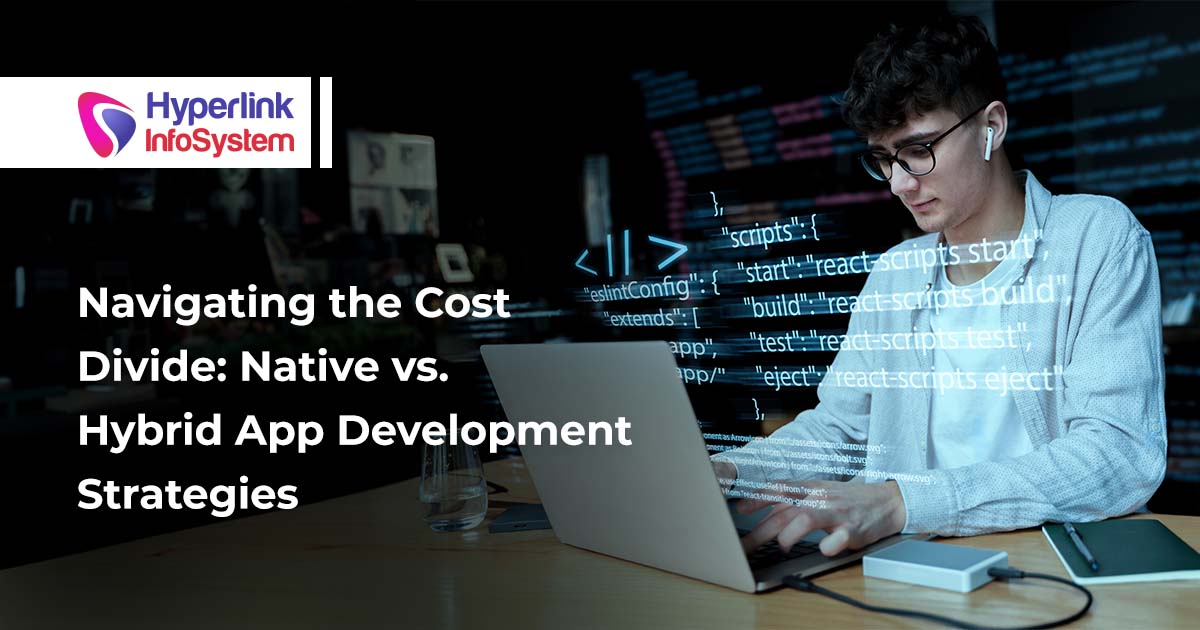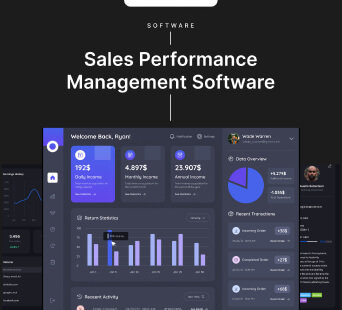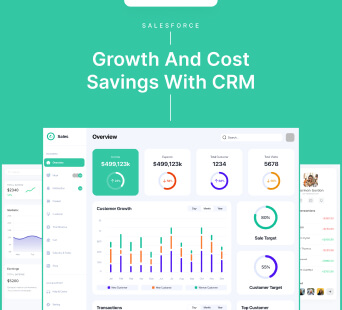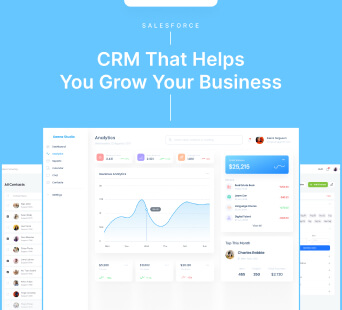The words "DevOps" and "DevSecOps" are often used by IT analysts and speculators today. Though they may seem complex, these ideas aren't as difficult to comprehend as you may imagine, and they have the potential to have a significant impact on the software development industry in the future.
Teams who understand the differences between DevOps and DevSecOps are better prepared to make important decisions that will improve the effectiveness of their app development pipeline. Everything you need to know about DevOps and the software development lifecycle will be broken down in this article, along with a description of DevSecOps as a different sort of methodology.
What is DevOps?
The important thing to keep in mind about each of these topics is that their names are the result of the IT community's amusing propensity for giving simple concepts literal and shortened names. The DevOps technique aims to accelerate the creation and improvement of software by making use of continual collaboration, automation, combination, and intelligence.
With the aid of a collection of techniques, instruments, and organizational ideas referred to as "DevOps," software development and IT teams can automate and integrate their processes. It puts a lot of focus on team empowerment, cross-team communication, and technology automation. By concentrating on DevOps practices throughout the development cycle, developers will have more control over the infrastructure of their products and will be able to prioritize software performance over other factors.
What is DevSecOps?
Incorporating security earlier in the software development life cycle is part of the fashionable DevSecOps practice of application security (AppSec) (SDLC). In essence, DevOps is more focused on the production and consistency of software as well as the software development lifecycle, whereas SecOps is more concerned with security.
The breadth of the engagement between the development and operations teams is further expanded when security teams are included in the software delivery cycle. The implementation of DevSecOps, which makes security a shared responsibility, requires these core functional teams to modify their culture, practices, and toolkits.
What Connects the Two Terms, DevOps and DevSecOps?
1) Automation
AI has the ability to automate steps in the creation of apps in DevOps and DevSecOps. Automated and continuous security checks, along with anomaly detection, can help DevSecOps professionals identify high-risk security threats and vulnerabilities even in complex and scattered environments. Auto-completed code and anomaly detection are two tools used in DevOps to achieve this. This is especially important at this point, as the IT perimeter is expanding and applications are being deployed on distributed multi-cloud infrastructures.
2) Culture of Cooperation
DevOps and DevSecOps require a cooperative culture in order to meet development goals like rapid deployment and iteration without endangering the security and safety of an app environment. Both of these strategies include the convergence of numerous teams that were previously compartmentalized in order to increase visibility across the program's lifecycle, from design to application performance monitoring (development and IT operations or development, IT operations, and security).
3) Active Observation
In both DevOps and DevSecOps, data monitoring for the purposes of learning and adjusting is crucial. Real-time data access is crucial for maximizing application performance, reducing the program's attack surface, and enhancing overall organization security posture. The ongoing collection and analysis of application data to spur changes is one of the key elements of each of these strategies.
What Separates DevOps from DevSecOps?
The goal of DevSecOps is to promote the quick development of a secure codebase. DevOps and DevSecOps employ various approaches to the agile framework. Modern software development uses an agile-based SDLC to speed up the creation and delivery of software releases, including updates and fixes. While DevOps focuses on the speed of software delivery, DevSecOps augments speed with security by delivering apps as quickly as possible.
Teams from operations and development work together to implement unified KPIs and tools. DevOps emphasizes team collaboration as a fundamental element of the app development and deployment process. Increased deployment frequency while maintaining the app's predictability and efficiency are the goals of the DevOps technique. DevOps teams commonly prioritize accelerating the delivery pace above thwarting security risks along the way, which can lead to the accumulation of vulnerabilities that could threaten the application, end-user data, and sensitive corporate assets. A DevOps developer thinks about things like how to deploy changes to an app as rapidly as feasible while interfering with the user experience as little as possible.
Security in DevSecOps is the responsibility of every stakeholder in the DevOps value chain.
The core of DevSecOps is integrating security into each phase of the SDLC, from build to production. DevSecOps helps maintain speed without sacrificing security. In other terms, DevOps emphasizes speed. DevSecOps is a continuous and flexible collaboration between the development, release management (or operations), and security teams.
DevSecOps emerged from DevOps as development teams realized that the DevOps methodology wasn't adequately addressing security issues. Application security is started throughout the build phase in this method rather than being finished at the end of the development pipeline. A DevSecOps developer hopes to use this new technique to guarantee that apps are continually secure throughout app updates and are shielded from cyberattacks before they are distributed to users. As a method to incorporate security management earlier in the development process as opposed to retrofitting security into the build, DevSecOps emerged. DevSecOps emphasizes the necessity for developers to produce secure code and aims to solve the security issues that DevOps left unsolved.
What Tasks Set DevSecOps Apart from DevOps?
The following tasks are part of the DevOps process:
- Continuous Delivery and Continuous Deployment (CD/CD) automate the updating process to increase productivity.
- Continuous integration (CI) combines code updates to guarantee that developers have access to the most recent version.
- Use microservices to create an application as a collection of smaller services
- Infrastructure as code (IaC) is the practice of creating, implementing and managing app infrastructure requirements through code (IaC).
The following tasks are part of the DevSecOps process:
- Common Weakness Enumeration (CWE) improves the code's quality and security during the CI and CD phases.
- Threat modeling integrates security testing into the development pipeline to save time and money in the future.
- Automated security testing - continuously look for bugs in new builds
- Through incident management, a consistent framework for responding to security incidents is produced.
Conclusion:
In today's quick-paced digital economy, businesses must adapt to the rising number of cyberattacks that daily threaten to jeopardize the security of apps. The efficacy of IT and business operations as well as your ability to move forward with the best application development framework for your organization will be impacted by the differences between the two, despite the fact that they sound very similar.
